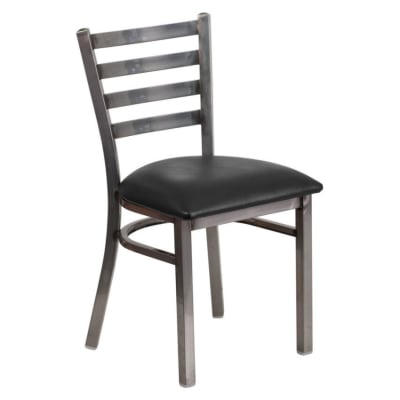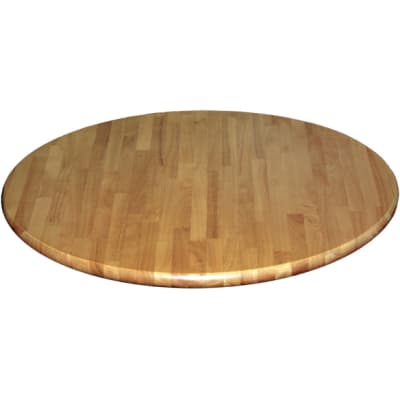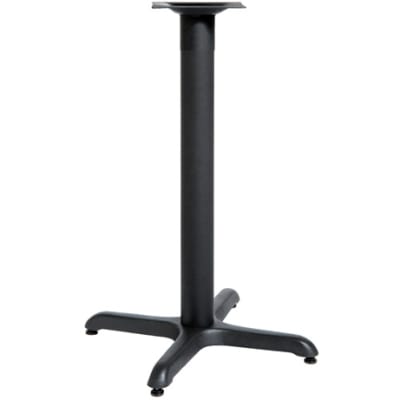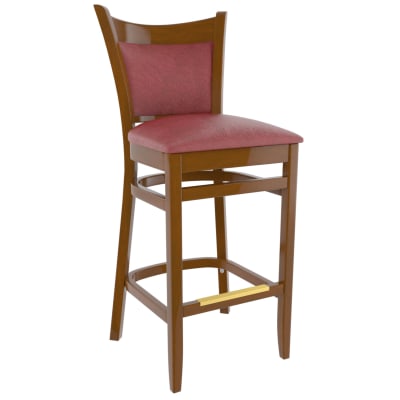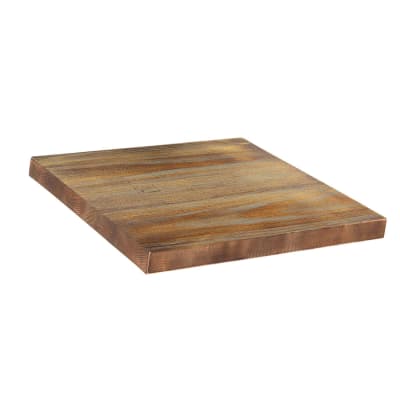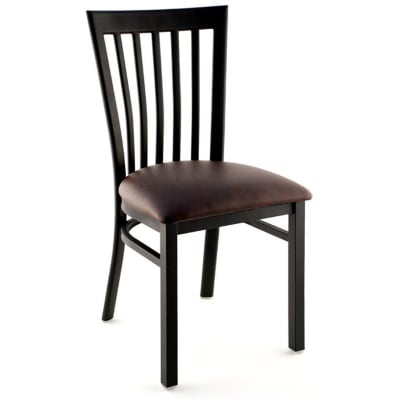Pizza is one of the most popular comfort foods out there. Who doesn’t like a slice of crusty cheesy goodness dressed in flavorful toppings? Making your own pizza is a labor of love. Serving freshly baked delicious pizza pie directly out of the stone oven isn’t the only hallmark of a successful brand. Opening and designing your pizzeria figuratively uses similar ingredients to that of a pizza; love, color and flavor. The pizzeria design is a big factor in the success of the business as well. Décor, color scheme and mood play a crucial role in creating memorable experiences for customers.
Pizzerias Interior Design Ideas and Guide

Designing a Pizzeria Floorplan
Though smaller than most restaurant layouts, a lot goes into the layout of a pizzeria. It not only requires an eye for aesthetics but also for efficiency and safety. A good pizzeria layout doesn’t just try to fit in as many customers as possible - it also pays close attention to customer experience and ambiance of both the clientele and staff as its bottom line. The right fixtures and layout can make a lasting impression.
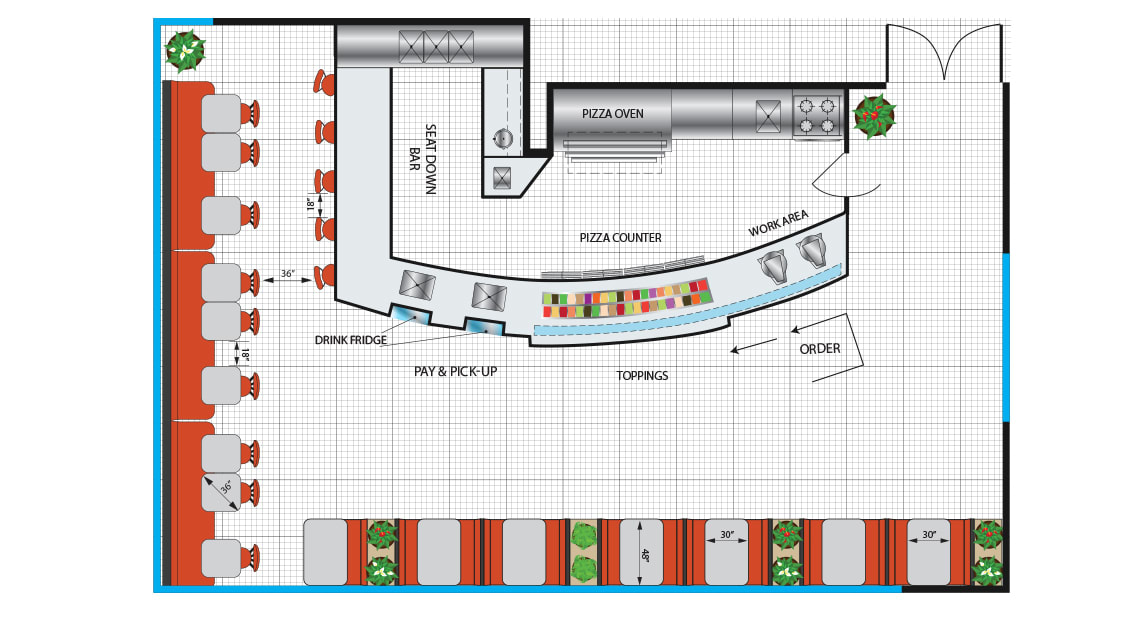
A well designed pizzeria floor plan will allow the maximum number of seats without leaving the restaurant looking empty during its busiest hours. Choosing the right finishes for partitions, tables, chairs and booths can make your pizzeria look expensive without overspending your budget. Food shields are essential, especially for being in compliant with Covid-19 regulations. They provide an attractive, low-maintenance and hygienic way to display food and generate visual interest.
Many pizzerias, especially the ones in New York, boast of old-fashioned brick pizza ovens. Part of the dining experience at a pizzeria is watching the kitchen staff at work. Choosing the right seating configuration and table height can help restaurant owners maximize this experience. Standard height tables (30”H) should be placed in areas near focal points. Counter and bar height tables should be placed further away to give customers an unobstructed view of the work area.
Researching Design Ideas
The internet is a great tool to search for pizzeria design ideas. You can also derive inspiration from the various pizzerias you have visited in the past. Attention should be given to the details in the color schemes, floor layouts, furniture and the entire pizzeria design when developing a concept. Research setup ideas, configurations and current trends for the serving area, dining area and kitchen. If you need to, work with a professional commercial interior designer and architect with good knowledge from a reputable firm.
Developing a Brand and Color Scheme
Coming up with a strong concept and a promising brand is important for envisioning your pizzeria, designing your business plan and securing funds. This decision can ultimately depend on how much startup funds you currently have, your location, and vision. Choosing your pizzeria brand also depends on your service style. Your brand should nonetheless be memorable and unique.
Your color scheme is an extension of your brand so it’s crucial to use the appropriate color palette for your business. Choosing the right colors creates a positive effect on your customers. As such, color makes your brand stand out and noticeable to them. You should incorporate your color scheme into your logo, website, wall paint, floor/tiles, counter tops, furniture or any other decoration feature in your pizzeria. A bright palette elicits a cheerful effect whereas muted tones create a more elegant look. Or you can combine both if you are aiming for an eclectic feel. The pieces for your pizzeria’s design need to fit together like a puzzle which should alternatively reflect the theme and mood. Below are several examples you can use as inspiration for your pizzeria design.
Urban Contemporary Pizzeria Design
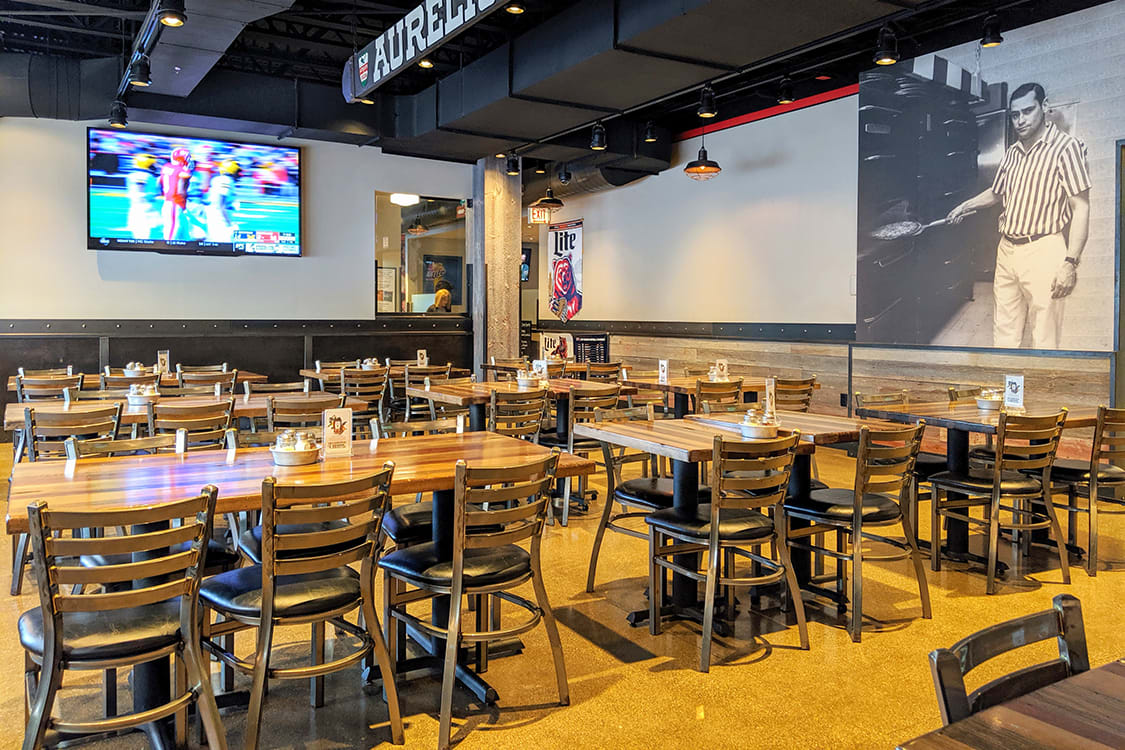
Adapting to a more urban and contemporary design is one of many ways of transforming and refreshing a pizzeria’s brand identity. The process is lead by the ambition of highlighting and strengthening the brands of Italian-American heritage. This design style, especially at a pizzeria, creates a sense of natural evolution; refining existing design elements. Balancing this while adding new elements confirms the brand’s identity as being innovative which makes this a critical challenge of maintaining the pizza shop’s relevance.
2. Decoration and Color Scheme
3. Ambiance and Lighting
Shop the Look
Upscale Pizzeria Design
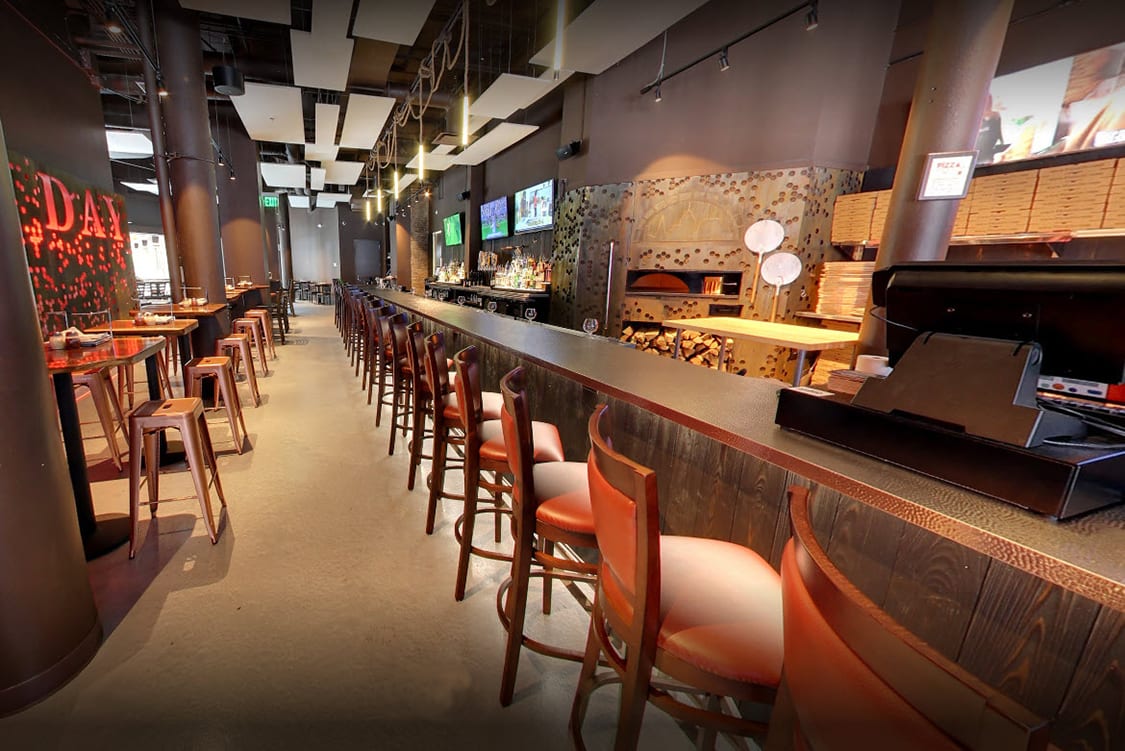
Choosing an aesthetic for your pizza restaurant can be daunting. Options are endless. However, any pizzeria worthy of the “Best Pizza in Town” title requires an interior design with a Wow factor that matches with the food served there. This upscale looking pizzeria features an artistic contrast of textures, shapes and materials for a unique aura of refined elegance that lets the brand and food speak for themselves.
1. Seating Layout and Furniture
2. Decoration and Color Scheme
3. Ambiance and Lighting
Shop the Look
Classic Pizzeria Restaurant Design
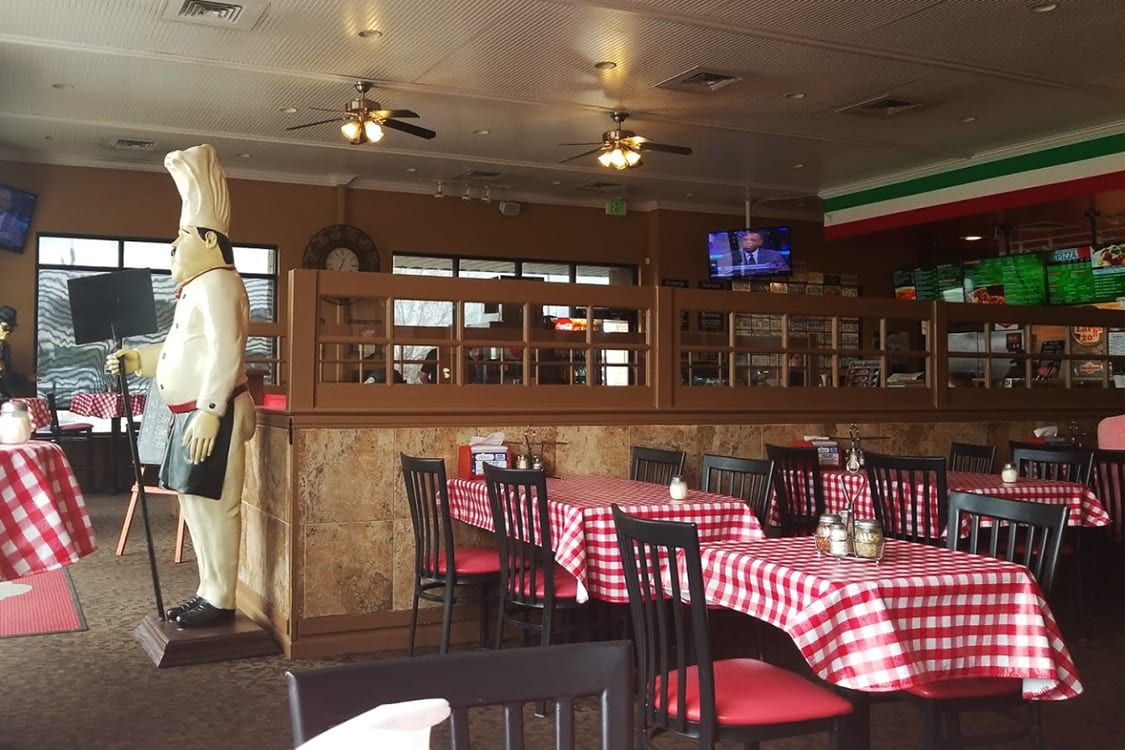
The design of a classic pizzeria is similar to that of a classic Italian restaurant. Checkered tablecloths are iconic. Serving Italian classic delights, the environment and the aroma emit a nostalgic feeling of sitting in your grandmother’s kitchen and watching her cook your favorite meal. The goal is to create a fun and lively atmosphere where family and friends can gather together and share a slice.































































